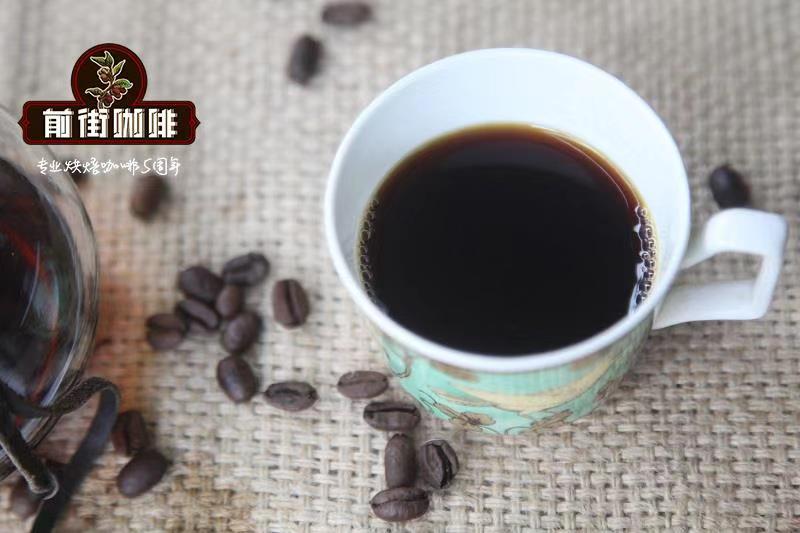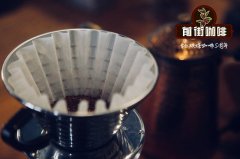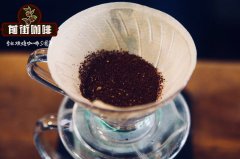A brief introduction to the three native varieties of coffee introduction to the taste of Hawaiian Kona Tieka Coffee

Professional coffee knowledge exchange more coffee bean information please follow the coffee workshop (Wechat official account cafe_style)
Introduction to three varieties of Qianjie Coffee and derived species of Hawaiian Kona Coffee
According to the scientific biological classification system, coffee belongs to the plant kingdom, Rubiaceae, coffee genus, coffee species. Species are the basic unit of plant taxonomy, which are divided into categories according to the nature or characteristics of plants and usually have stable genetic characteristics. There is a clear boundary between species and species, and often their own reproduction does not intersect with each other. Coffee is divided into three different types of species according to their characteristics (each species has a different variety / bean varieties)
1. Arabica Arabica accounts for about 70% of the world's total output. 2. Robsta Robusta accounts for about 30% of the world's total output. 3. The yield of Liberian card Liberica is very little.
Iron pickup, a derivative of Arabica, is the famous Hawaiian Kona coffee.
It is an indisputable fact that the island of Hawaii is not high above sea level, the landscape is not abundant, and the coffee flavor is light. Until California entered the coffee production business, Hawaiian Coffee was the only coffee in the 50 states of the United States.
In addition, Hawaii is both a producer and a consumer of specialty coffee. In other coffee-producing countries, locals drink low-quality coffee, usually commodity-grade coffee, but this is not the case in Hawaii. The most extensive variety of coffee grown in Hawaii is Guatemala Typica, known as Kona Typica on the island, and the local market consumes the most Arabica coffee.
If you see a bag of Kona coffee anywhere, you may notice that it is much more expensive than most other mainstream coffees. In Kona, farm work costs $200 to $300 a day, while a farmer in Guatemala pays only $3 to $6 for the same salary. Labor costs vary in prices in different coffee producing areas because Hawaii coffee production costs are so high. As a result, 100%Kona coffee retails for more than $30 12 ounces.
Importantly, Hawaii, as a coffee-growing region, is not enveloped by the world commodity market, which determines the price of commodity-grade coffee, and the fluctuating market price depends on the mechanism of supply and demand of the global commodity Arabica coffee, but it also affects the producers of specialty coffee, so growers also want to be able to sell products at more profitable prices.
Kona Coffee is planted on the western side of the Big Island in Kona District. It was first planted in the 1820s. Kona Coffee is grown at an altitude of about 300-1000. Compared with other coffee-producing countries, Kona Coffee is a low-altitude coffee producing area, but compared with other islands in Hawaii, Kona Coffee is already a high-altitude producing area, because of its superior coffee growth conditions, unique coffee flavor and good taste.
END
Important Notice :
前街咖啡 FrontStreet Coffee has moved to new addredd:
FrontStreet Coffee Address: 315,Donghua East Road,GuangZhou
Tel:020 38364473
- Prev

How to mix Italian beans Italian Coffee with Common beans
Professional coffee knowledge exchange more coffee bean information please follow coffee workshop (Wechat official account cafe_style) step 1: what kind of espresso do roasters / baristas / customers want? Light or deep? Painful or acidic? Heavy body, or clear? Is it nervous and complex, or balanced and approachable? Many roasters develop a variety of espresso mixtures to meet the
- Next

Coffee drawing skills for beginners latte coffee drawing skills for beginners coffee heart-shaped drawing skills
Professional coffee knowledge exchange more coffee bean information Please follow the coffee workshop (Wechat official account cafe_style) over the years, we have the honor to teach a lot of people how to make flowers. Pouring milk is one of the most common topics we talk about with family baristas in class, on open days, at trade shows or festivals. We think that sharing some of the things we've observed
Related
- Beginners will see the "Coffee pull flower" guide!
- What is the difference between ice blog purified milk and ordinary milk coffee?
- Why is the Philippines the largest producer of crops in Liberia?
- For coffee extraction, should the fine powder be retained?
- How does extracted espresso fill pressed powder? How much strength does it take to press the powder?
- How to make jasmine cold extract coffee? Is the jasmine + latte good?
- Will this little toy really make the coffee taste better? How does Lily Drip affect coffee extraction?
- Will the action of slapping the filter cup also affect coffee extraction?
- What's the difference between powder-to-water ratio and powder-to-liquid ratio?
- What is the Ethiopian local species? What does it have to do with Heirloom native species?

